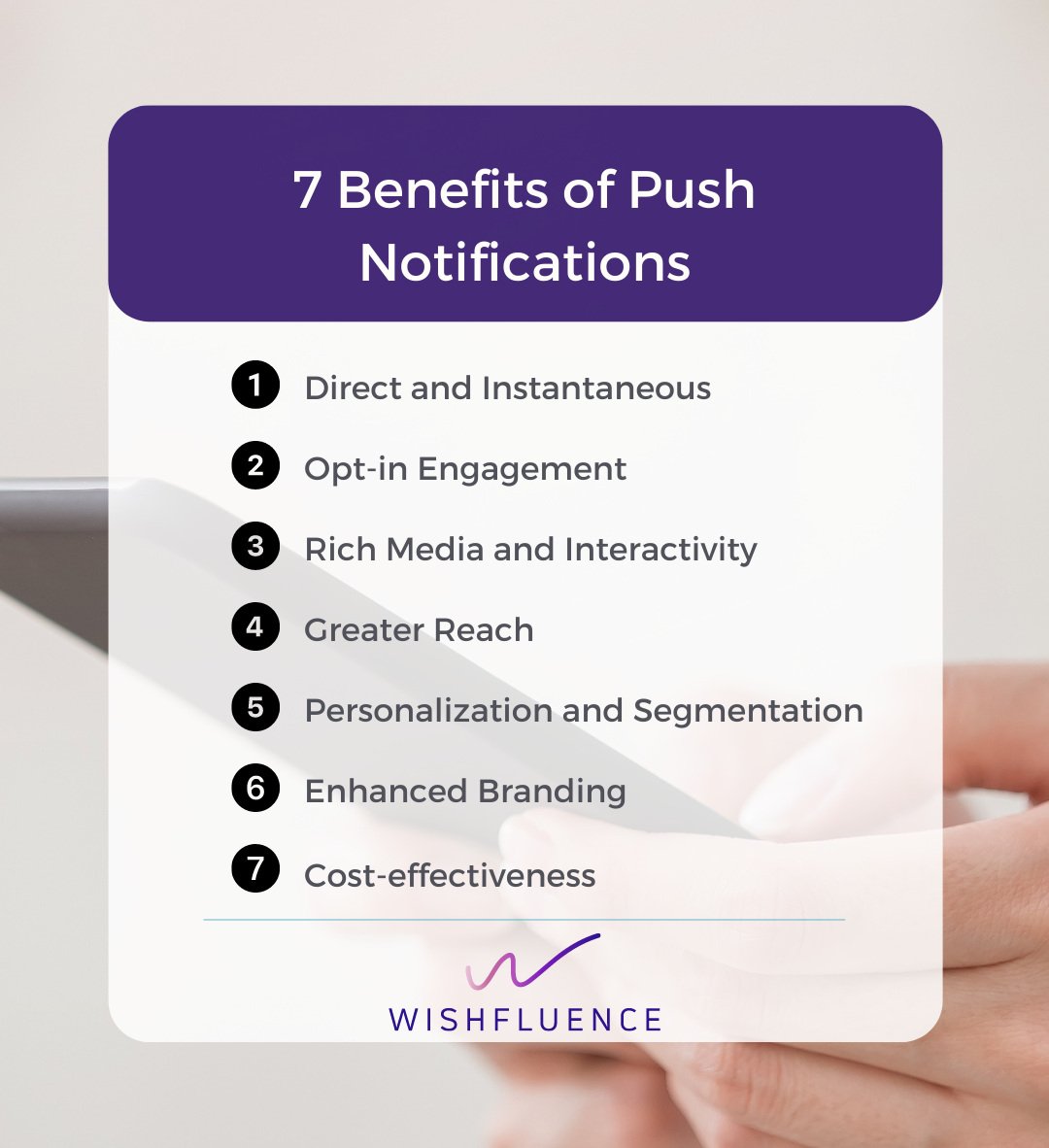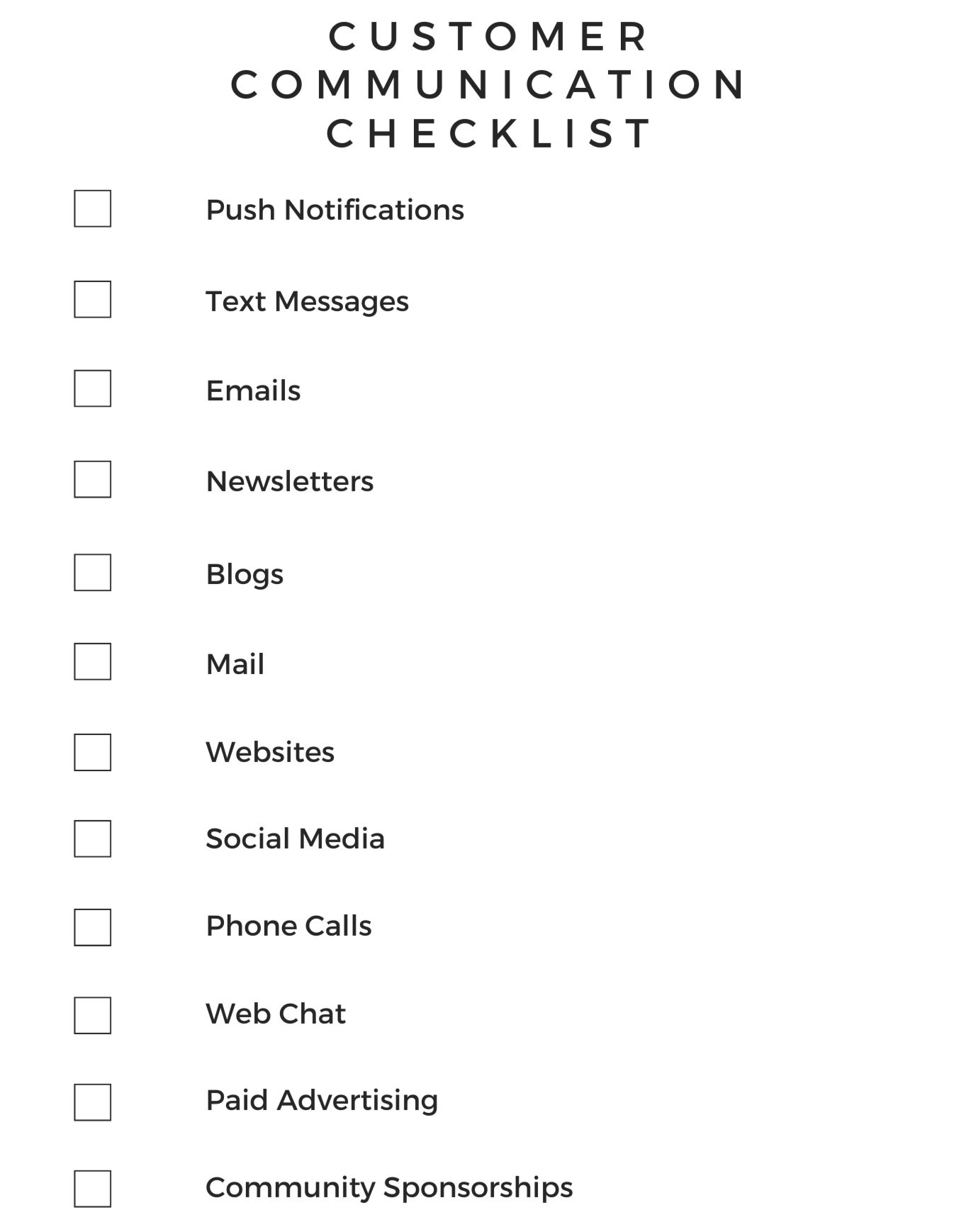Push Notifications vs. Text Messages for Marketing
Push notifications and text messages are both effective communication channels for marketing purposes, but they have distinct benefits. Here are the advantages of push notifications compared to text messages for marketing:
Direct and Instantaneous: Push notifications are delivered directly to a user's device, appearing on their screen as a pop-up or banner. They are highly visible and can grab immediate attention. Text messages, on the other hand, may get lost in a user's inbox and require manual opening.
Opt-in Engagement: Users explicitly opt-in to receive push notifications from an app, granting permission for communication. This indicates a higher level of interest and engagement compared to text messages, which may be seen as intrusive or unwanted by some recipients.
Rich Media and Interactivity: Push notifications can include rich media elements, such as images, videos, and interactive buttons. This enables marketers to create visually appealing and engaging messages that can drive user actions directly from the notification itself. Text messages, on the other hand, are limited to plain text.
Greater Reach: Push notifications can reach users who have installed the corresponding app, regardless of whether they are currently using it. In contrast, text messages require the recipient to have an active mobile phone number and network coverage, limiting the reach to mobile users only.
Personalization and Segmentation: Push notifications can be personalized based on user preferences, behavior, or demographics. Marketers can segment their user base and send targeted notifications tailored to specific groups. While text messages can also be personalized to some extent, the level of customization is typically more limited.
Enhanced Branding: Push notifications allow marketers to display their brand logo and name prominently. This branding consistency helps users recognize the sender and builds trust over time. Text messages, on the other hand, may not provide the same level of branding opportunity.
Cost-effectiveness: Push notifications are generally more cost-effective compared to text messages, especially when reaching a large user base. Text messages may involve charges per message or subscription fees, whereas push notifications are typically included in the overall app development and maintenance costs.
It's worth noting that the effectiveness of push notifications versus text messages may vary depending on the target audience, industry, and specific marketing goals. A well-rounded marketing strategy often incorporates a mix of communication channels to maximize reach and engagement.
How are you sending repair reminders, invites for trunk shows and events, or sharing new items or one of a kind memo items with customers? Use the checklist to measure how well your company is utilizing a multi-channel approach to engage customers.
When you subscribe to the Wishfluence Platinum Plan, your customers can download your white labeled mobile app to manage and share their wishlists. They can receive push notifications about events, new items, and even their repair status improving communication, reach, and brand awareness. Push Notifications to your staff for customer relations management tasks are included in the Gold Plan. Are you interested in adding push notifications to your customer communication plan? Contact us to get started today!




